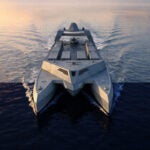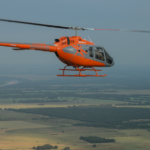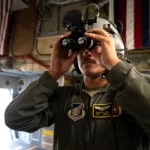QUANTICO, Va.--The vision of a Marine Corps system that provides an over-the-horizon (OTH), on-the-move (OTM) comms capability will be one step closer after the Distributed Tactical Communications System (DTCS) is tested with live forces in early December, project officers from the Marine Corps Warfighting Lab said recently "We've already proven the netted-Iridium concept," John Schultz, project officer at the Lab, told sister publication Defense Daily at the Modern Day Marine Expo here. "Now we're going to do a full-up demonstration…
Contract Updates
General Dynamics Information Technology Inc. (Falls Church, Virginia) – $12,584,393
General Dynamics Information Technology Inc., Falls Church, Virginia, was awarded a $12,584,393 firm-fixed-price, indefinite-delivery/indefinite-quantity contract for the management, technical services, labor, material, support services, equipment, and facilities to accomplish repair and refurbishment of MK-41 Vertical Launch Systems on board Navy…
Virginia Pilot Association (Virginia Beach, Virginia) – $13,101,154
Virginia Pilot Association,* Virginia Beach, Virginia, was awarded $13,101,154 firm-fixed-price, indefinite-delivery/indefinite-quantity contract to provide pilot services in support of Commander, Navy Region Mid-Atlantic Port Operations to assist with the navigation of ships in and out of areas from Cape Henry…
Bell Textron Inc. (Fort Worth, Texas) – $14,071,857
Bell Textron Inc., Fort Worth, Texas, was awarded a $14,071,857 modification (P00012) to a cost-plus-fixed-fee order (N0001924F2602) against a previously issued basic ordering agreement (N0001921G0012). This modification exercises options to provide continued program management, engineering, and logistics services for calendar…
Alabama Shipyard LLC (Mobile, Alabama) – $16,840,735
Alabama Shipyard LLC,* Mobile, Alabama, is awarded a $16,840,735 firm, fixed-price contract (N3220526C0004) for the 98-calendar day shipyard availability for the deactivation of Military Sealift Command's fleet oiler vessel USNS John Ericsson (T-AO 194). This contract includes a base work…













